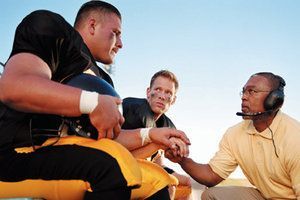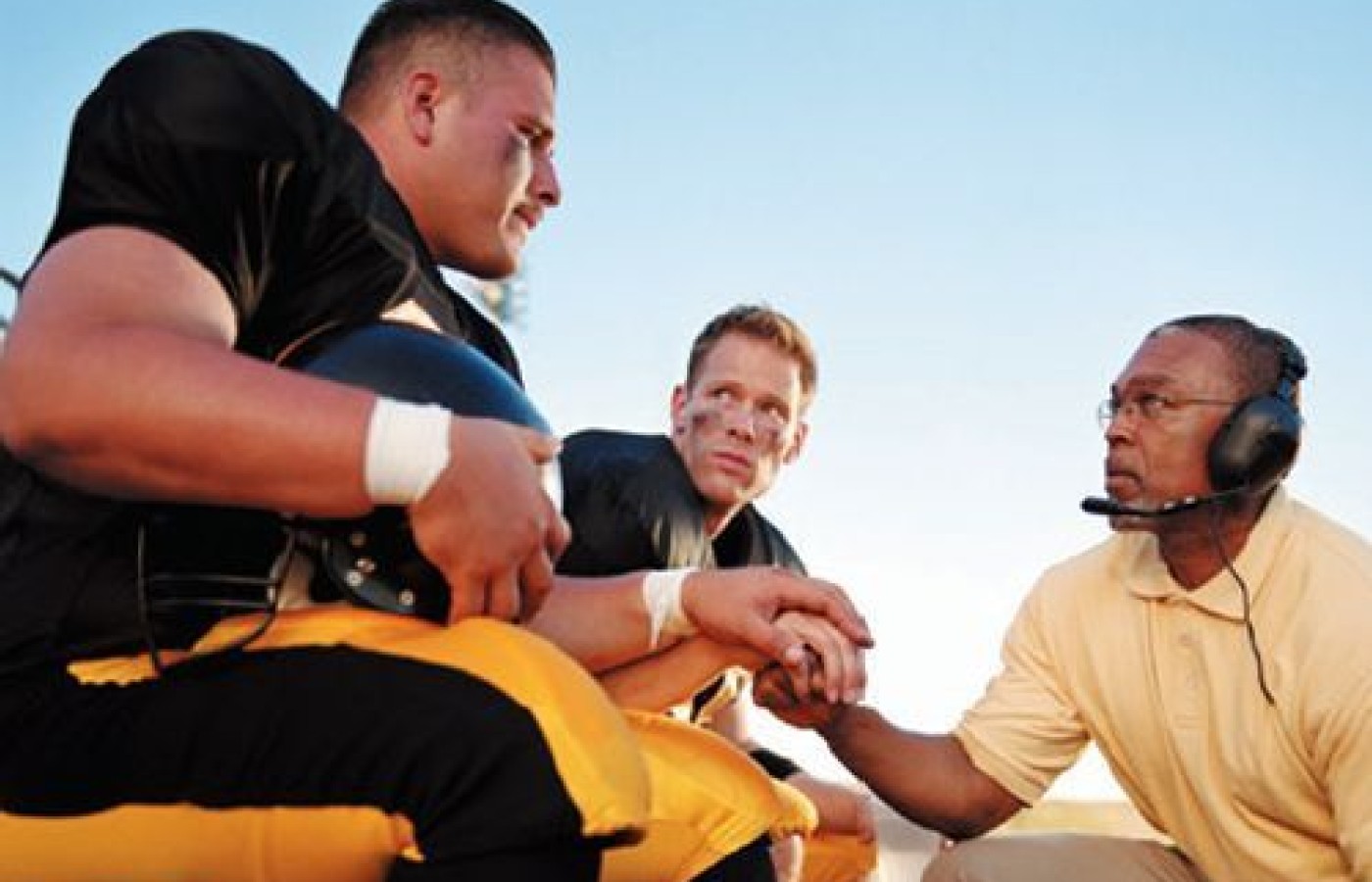New York's highest court of appeals has held that no-fault insurers cannot deny no-fault benefits where they unilaterally determine that a provider has committed misconduct based upon alleged fraudulent conduct. The Court held that this authority belongs solely to state regulators, specifically New York's Board of Regents, which oversees professional licensing and discipline. This follows a similar recent ruling in Florida reported in this publication.
Becoming a Concussion Expert in Your Community: What You Need to Know (Part 1)
I was coaching my high-school snowboarding team in a halfpipe competition when I saw a competitor from another team crash. He fell face down, hitting his head on the snow. He stood up and immediately fell backward, then stood up a second time, trying to finish his run, and fell forward with no control over his balance. I was standing 400 feet away from him at the top of the halfpipe, talking to him in my mind, telling him to just lie still and wait for ski patrol. Thankfully, he complied.
As a high-school snowboarding coach in the state of Oregon, I am required by law to complete concussion training annually, as are all high-school coaches in Oregon. "As of Dec. 21, 2012, 43 states and Washington, D.C., have passed laws protecting student-athletes from returning to play too soon after suffering the effects of a concussion."1 Online concussion certification is available to coaches and physicians on numerous websites, and most of them are free of charge, including www.nfhslearn.com and www.knowconcussion.org.
Diagnosing Acute Concussion
According to a consensus statement presented at the 3rd International Conference on Concussion in Sport, "The diagnosis of acute concussion usually involves the assessment of a range of domains including clinical symptoms, physical signs, behavior, balance, sleep and cognition. Furthermore, a detailed concussion history is an important part of the evaluation both in the injured athlete and when conducting a pre-participation examination."2 Findings in only one clinical domain are enough to confirm the suspected diagnosis of concussion according to the consensus statement.

Concussion without loss of consciousness (850.0) and concussion with loss of consciousness (850.1) are the commonly used codes for acute concussions. Post-concussion syndrome (310.2) coding is used when symptoms persist for more than seven days after the incident.
There are online training programs and clinical exam forms available to health care providers that assist in diagnosing concussions. The U. S. Centers for Disease Control and Prevention has developed the "Heads Up: Brain Injury in Your Practice" toolkit.3 The kit includes a diagnosis and management booklet for mild traumatic brain injury (mTBI); the Acute Concussion Evaluation (ACE) form; an on-field palm card for medical staff; and additional mTBI resources. The CDC also has an online training course for coaches. There is no charge for the materials or training.
The ACE form scores the patient's physical, cognitive and emotional status and includes injury history, risk factors for recovery, red-flag warnings and follow-up action plans. It also includes the diagnosis codes for easy reference. The symptom checklist uses a rating scale of 0-22 and gives a single point for each finding in the physical, emotional, cognitive and sleep symptoms. Follow-up testing of patients using the ACE form can document patient progress and help with management of return-to-activity planning. The form can be downloaded from the CDC website (click here).
The on-field palm card for medical staff provides information for recognition and management of concussions. It has questions to help evaluate mental awareness and status, a symptoms list, and sidelines management recommendations for returning athletes to participation. Repeated evaluation is recommended to be performed regularly (e,g., every five minutes) following an initial incident to ensure symptoms do not worsen.
Off-field management suggestions include parental / caregiver notification, restriction from physical exertion and operating a motor vehicle, potential behavioral changes and follow-up medical and neuropsychological testing.3
In situations where you don't have an on-field reference guide and someone requires evaluation for potential concussion, remember the pneumonic BASE. I developed this to help remind me of the important signs and symptoms that need to be evaluated on the field:
- Balance – always test one-foot balance with patient's eyes closed
- Awareness - mental state; awareness of name, time, day, date, location, friends, competition
- Symptoms – headache, nausea, dizziness, numbness and /or tingling
- Eyes – pupil size, nystagmus, visual changes, sensitivity to light
This is not as good as having a reference guide to follow, but it will help in emergency situations to cover many concussion signs until further evaluation can be performed.
Concussion evaluation in the doctor's office should include a comprehensive history, detailed neurological examination including gait and balance, progression / regression since the injury and determination of the need for neuroimaging.2
One of the signs of concussion is poor balance. The Balance Error Scoring System (BESS) is an objective exam used to determine neurological deficits associated with concussions. It consists of three tests lasting 20 seconds each, performed on two different surfaces, firm and foam:
- The athlete first stands with the feet narrowly together, the hands on the hips, and the eyes closed (double-leg stance). The athlete holds this stance for 20 seconds while the health provider records number of balance errors (opening the eyes, hands coming off hips, a step, stumble or fall, moving the hips more than 30 degrees, lifting the forefoot or heel, or remaining out of testing position for more than five seconds).
- The test is then repeated with a single-leg stance using the non-dominant foot, and a third time using a heel-toe stance with the non-dominant foot in the rear (tandem stance).
All three tests are performed on a firm surface and again on a piece of medium-density foam. The test is scored by counting the errors, or deviations from the proper stance, accumulated by the subject.4 The BESS protocol is also useful as an objective tool for monitoring patient progress. It can be downloaded for free.
Other Considerations
Neuroimaging studies may be necessary when the patient exhibits ongoing signs and symptoms. According to J. Maruta, et al., "Because computer tomography (CT) images are normal for most mTBI patients, little or no physical brain injury may be presumed; however, the magnetic resonance imaging (MRI) technique of diffusion tensor imaging (DTI) can now detect microscopic brain white matter tract lesions. These lesions are likely to be responsible for the postconcussive symptoms and may explain chronic difficulties experienced by some patients."5
The red-flags section of the ACE form notes conditions that demand immediate referral to an emergency department. These include worsening headaches, seizures, repeated vomiting, changes in state of consciousness and other neurological deficits.
In my office, all athletes and motor-vehicle-accident patients are evaluated for concussions. The majority of accident victims experience head hyperflexion and hyperextension, along with a direct impact into the headrest. Utilization of the ACE form makes diagnosing concussions much clearer for clinicians and is a great documentation tool for managing patient outcomes.
Diagnosing concussions can sometimes be elusive. There are many unknown factors regarding mTBI. Obtaining training and using readily available guides will assist the physician in making more accurate diagnoses. Documenting concussion signs and symptoms comprehensively will aid in monitoring the patient's recovery.
References
- Frollo J. "See Where Your State Stands on Concussion Law." USA Football, Dec. 21, 2012.
- McCrory P, Meeuwisse W, Johnston K, et al. Consensus statement on concussion in sport -- The 3rd International Conference on Concussion in Sport held in Zurich, November 2008. J Clin Neurosci, 2009;16:755–763.
- "Heads Up: Brain Injury in Your Practice" (physician toolkit and other resources). Centers for Disease Control and Prevention.
- Barton L. "Balance Error Scoring System: Important Tool in Assessing Concussion." MomsTeam.com.
- Maruta J, Lee SW, Jacobs EF, Ghajar J. A unified science of concussion. Ann NY Acad Sci, October 2010;1208(1):58-66.



